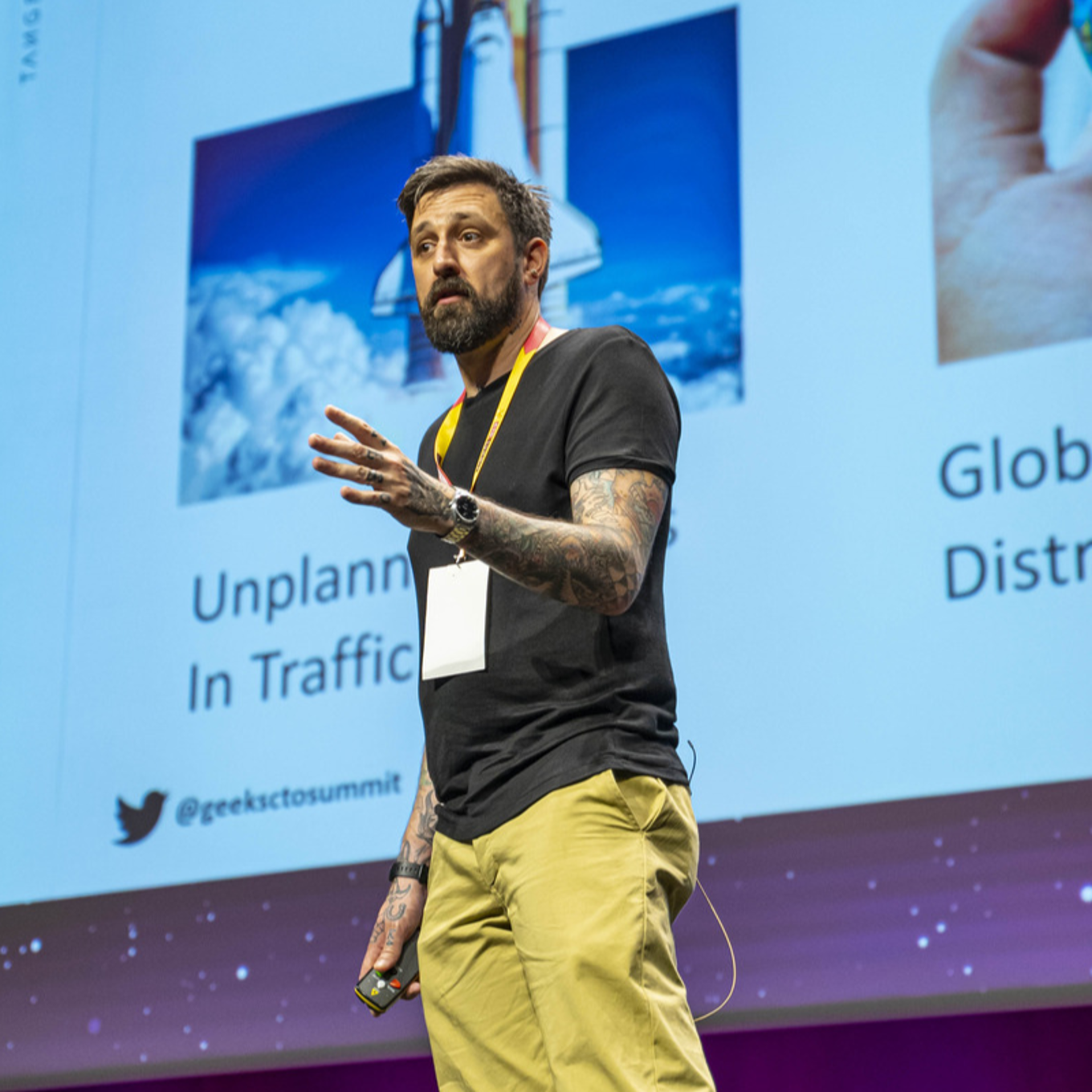
The hidden carbon footprint of digital: what enterprises aren’t measuring - but should be
It’s easy to assume that digital is green by default. After all, it’s not like a website, an app, or cloud storage produces smoke, piles of waste, or traffic congestion, right?
But here’s the reality: the internet and digital infrastructure account for nearly 4% of global carbon emissions—more than the airline industry. Every click, scroll, data transfer, and server request consumes energy, and that energy has a cost.
The challenge?
Most enterprises aren’t even measuring it.
In this blog post, we’ll explore:
- Where digital carbon emissions actually come from
- Why sustainability and performance don’t have to be a trade-off
- Simple, high-impact ways enterprises can reduce their digital footprint—without sacrificing efficiency
We’re joined by Andy Eva-Dale, CTO at Tangent, and one of Umbraco’s digital sustainability experts, to break it all down.

Where do digital carbon emissions come from?
Even though digital operations feel “invisible,” they rely on physical infrastructure, power-hungry data centers, and high-energy processing. Here’s where emissions come from:
Data Centers & Cloud Computing
Every website, cloud service, and SaaS platform runs on massive data centers - and these require enormous amounts of electricity to power and cool. If your business isn’t using energy-efficient hosting or cloud providers, your digital operations could be running on fossil fuels without you even realizing it.
The issue: Data centers can account for more than half of an enterprise’s digital carbon footprint.
Quick fix: Choose green cloud providers that run on renewable energy, like Azure, AWS, or Google Cloud’s sustainability-focused services.
Websites & Content Management
Your website might be generating more carbon emissions than you think.
Heavy images & videos slow down loading times and increase energy use.
Poorly optimized CMS structures lead to excessive data requests.
Bloated tracking scripts & third-party integrations create unnecessary processing demand.
The issue: A slow, inefficient website increases data transfer and energy consumption, both on your servers and on the user's device.
Quick fix: Optimize images, compress files, and use a CMS that prioritizes performance - like Umbraco.
End-User Devices & Data Transfer
Every time a page loads, an email is sent, or a video is streamed, data is transferred between servers, devices, and networks.
The issue: Poorly optimized digital assets require more processing power from user devices, increasing energy consumption.
Quick fix: Use CDNs and caching to reduce redundant data transfers.
AI & High-Compute Processing
The AI boom is increasing the energy demand of digital services. Training and running AI models can consume as much energy as entire cities.
The issue: Enterprises integrating AI should assess its energy cost vs. benefit.
Quick fix: Use AI strategically, ensuring models run only when necessary.

How Enterprises Can Take Action Today
Here’s the good news: making digital operations more sustainable doesn’t require an overhaul—it starts with small, intentional steps.
Andy’s Top 3 Quick Wins for Enterprises:
-
Run a website carbon audit (tools like Website Carbon Calculator)
-
Cut digital waste—remove unnecessary tracking scripts & heavy assets
-
Work with tech partners who prioritize sustainability
Umbraco’s Role in Sustainable Digital Operations:
-
Performance-first CMS → Reduce server load & data transfer
-
Flexible, lean architecture → Minimize unnecessary processing
-
Cloud optimization → Work with green cloud providers

The enterprise dilemma: “Sustainability vs. Performance?”
Many organizations fear that reducing digital emissions means compromising user experience, performance, or innovation.
Spoiler: It doesn’t.
According to Andy Eva-Dale, CTO at Tangent:
“Sustainability in digital isn’t about doing less, it’s about doing things smarter. Businesses can reduce their impact while improving speed, security, and user experience. It’s a win-win.”
Lean, fast-loading websites are not only greener - they also perform better.
Efficient hosting doesn’t just lower emissions - it also improves reliability.
Reducing redundant processes saves energy - and cuts costs.
Get an overview of the digital landscape in Tangent's report "The Digital Sustainability Gap: exploring the current landscape of digital sustainability.
Final Thought: Digital Sustainability is an opportunity, not a burden
Most enterprises don’t think about digital sustainability- but once they do, they realize that reducing emissions also improves performance, costs, and user experience.
The real question isn’t whether digital operations have a carbon footprint- it’s what your business is doing about it.
Are you measuring your digital carbon footprint? What steps has your business taken? Let’s discuss.
Want to learn more? Contact Umbraco or Tangent to explore sustainable digital solutions.
Download our Impact Report for Insights on Umbraco's Sustainability Work
